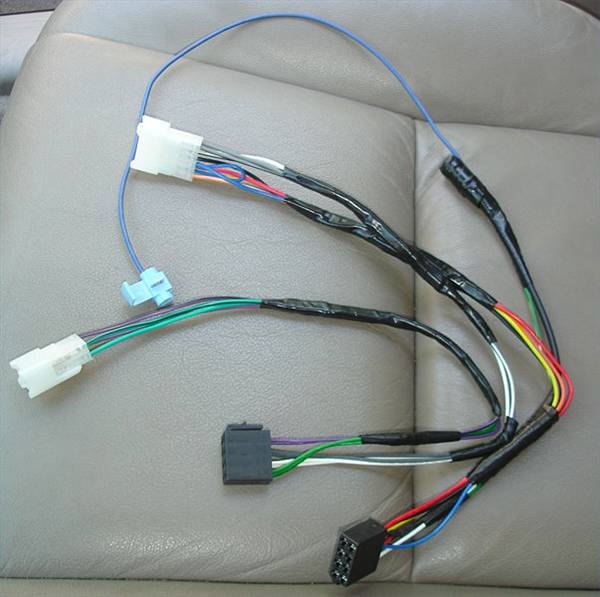
One of the best strategies when troubleshooting circuit problems on your vehicle is to establish a plan of action. First, establish where the problem is and how it is affecting the circuit. If the problem is affecting the whole circuit, always begin at the power source, like the fuse panel. If only one component in the circuit is not working properly, start there and inspect connections, wires and the component itself. A bad component can sometimes even cause problem for the rest of the circuit.
Evaluate the type of problem you might have in the circuit. For example, if you have trouble with a turning light, make sure the problem is affecting only one light and not the whole circuit. This will determine how to go about your troubleshooting procedure.
Make sure the failed component is receiving voltage--for example, a failed turning light. Operate the circuit, hook a test light to ground and probe the power wire at the turning light. If the test light does not glow, the turning light is not receiving power. Work your way back to the source--the fuse panel, in this case--testing the power wire in the same way described here until you find the fault.
Check for proper ground at the failed component. For example, if you know the failed turning light is receiving power from the previous test, hook the test light to the power wire. Operate the turning light circuit and probe the light socket. If the test light does not glow, you have a bad ground connection that needs to be repaired.
Start troubleshooting at the power source if none of the components are working in the failed circuit. For example, if none of the turning lights work, start your test at the fuse panel. Pull the fuse for the turning light circuit and check for a blown fuse. Replace it if necessary.
Look for a short circuit if you find a blown fuse. For example, check the wires at the turning lights around the vehicle. A wire may be loose and touching ground, causing the fuse to blow.
Inspect the wires from other circuits close to the failed circuit. Wires from other components, for example, may be coming in contact with turning light wires, causing a short.